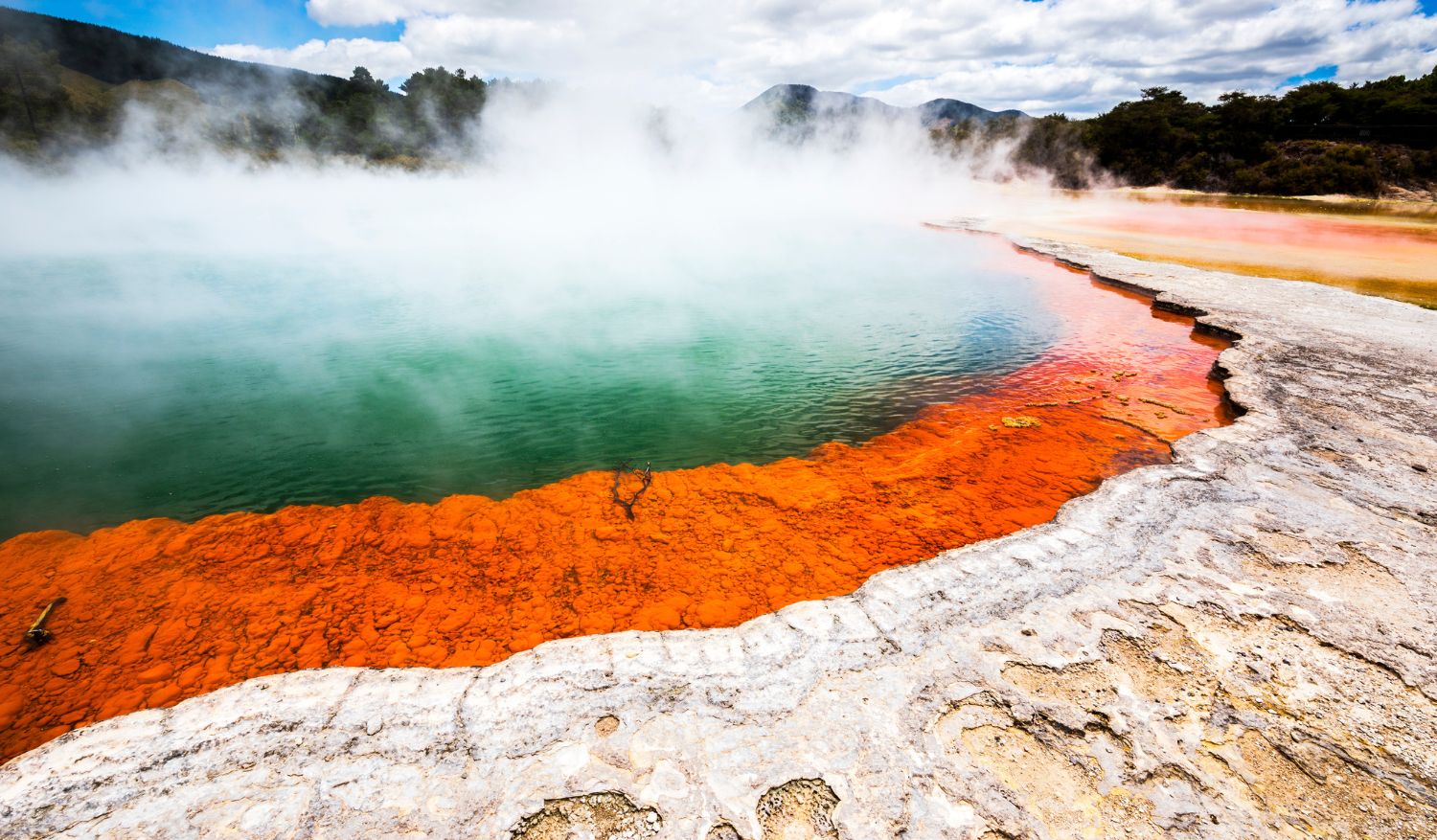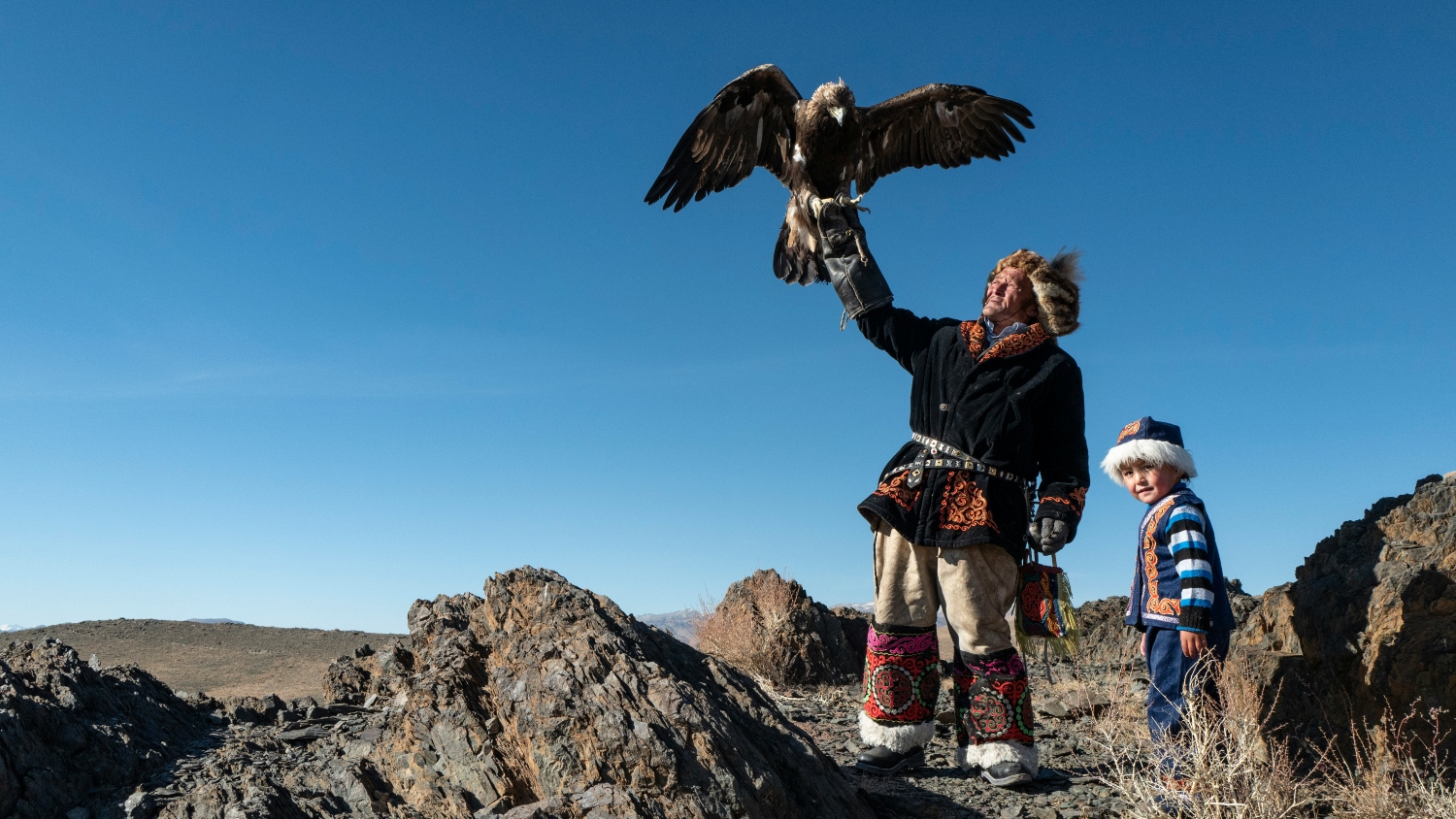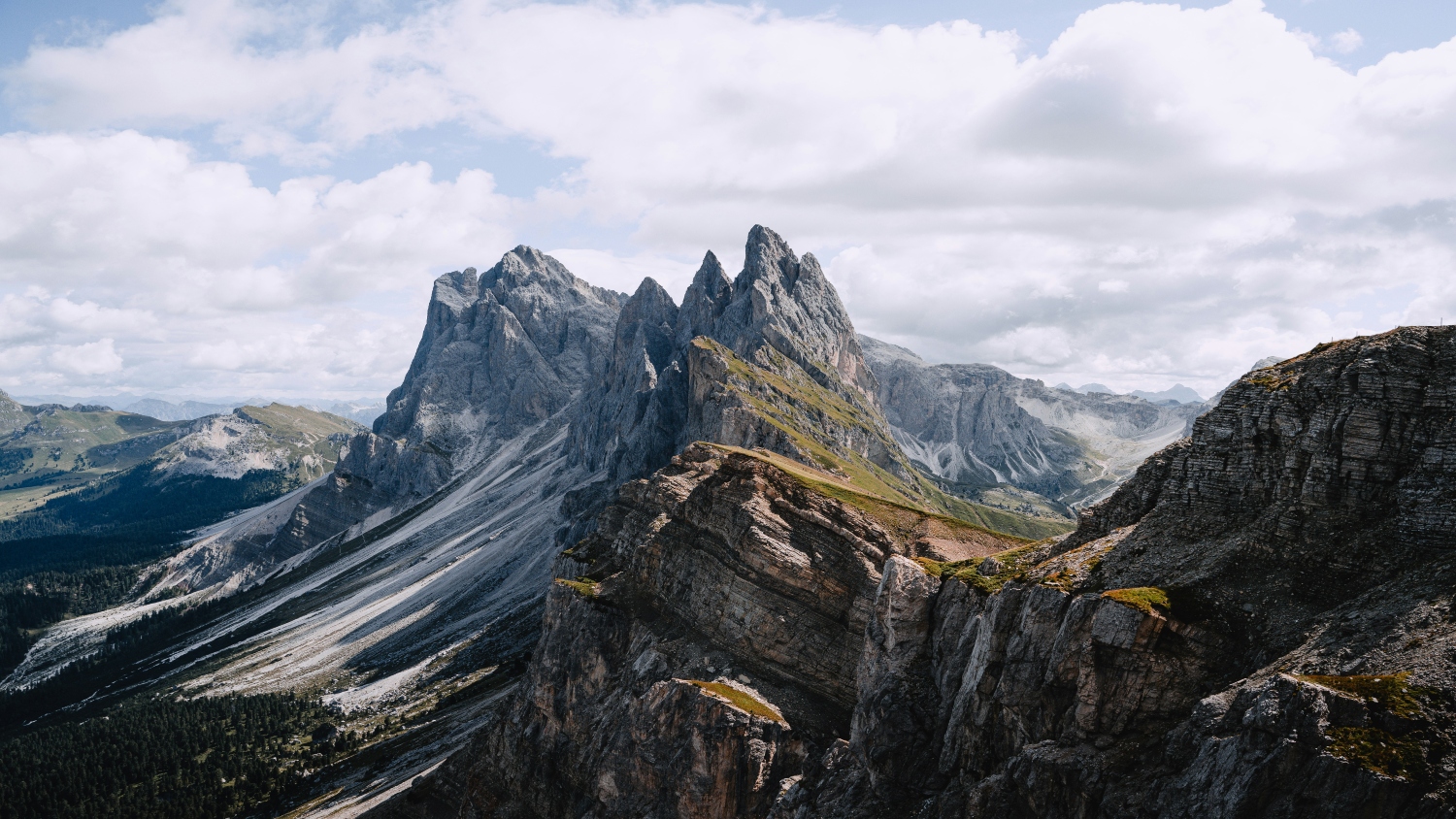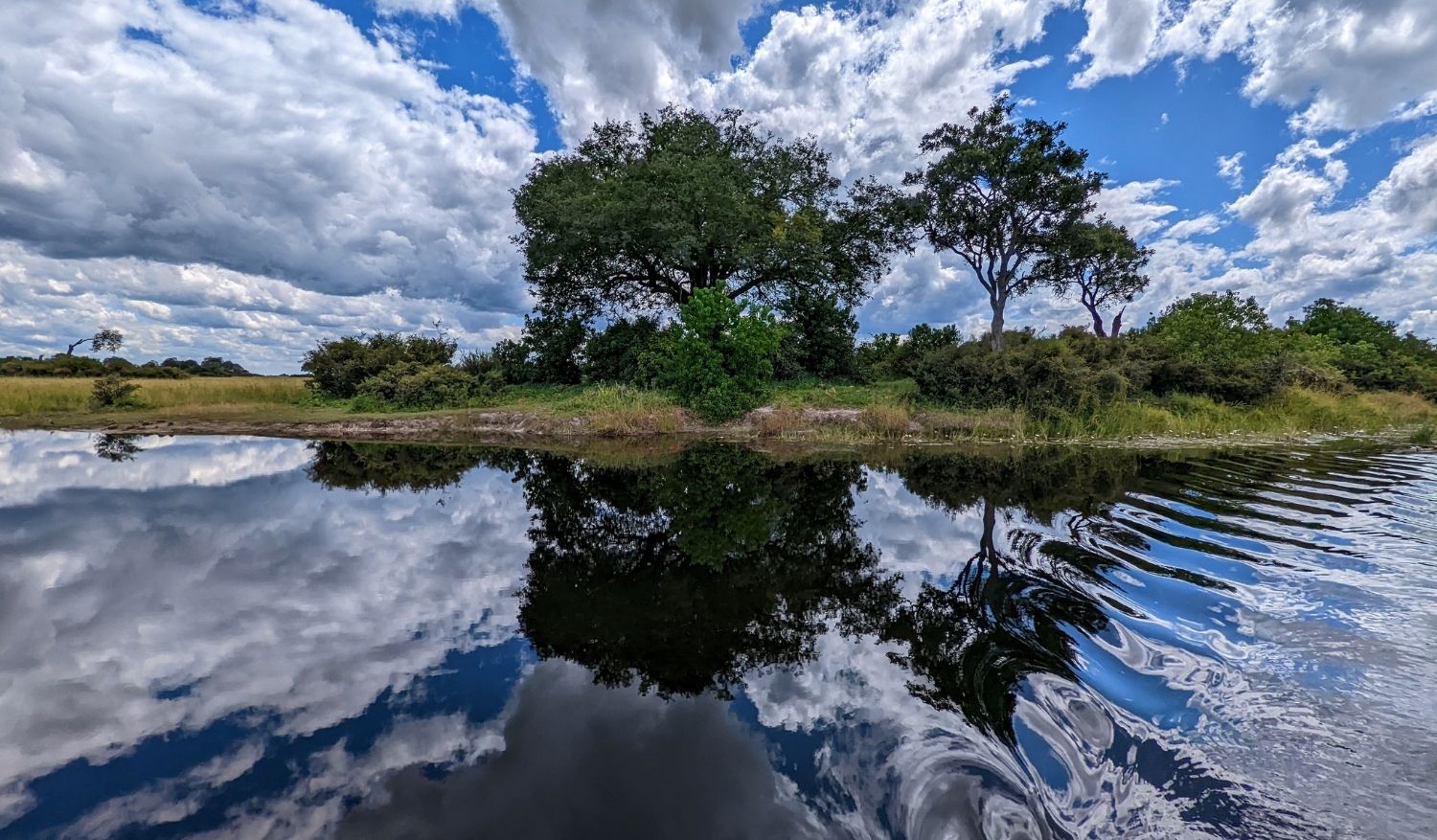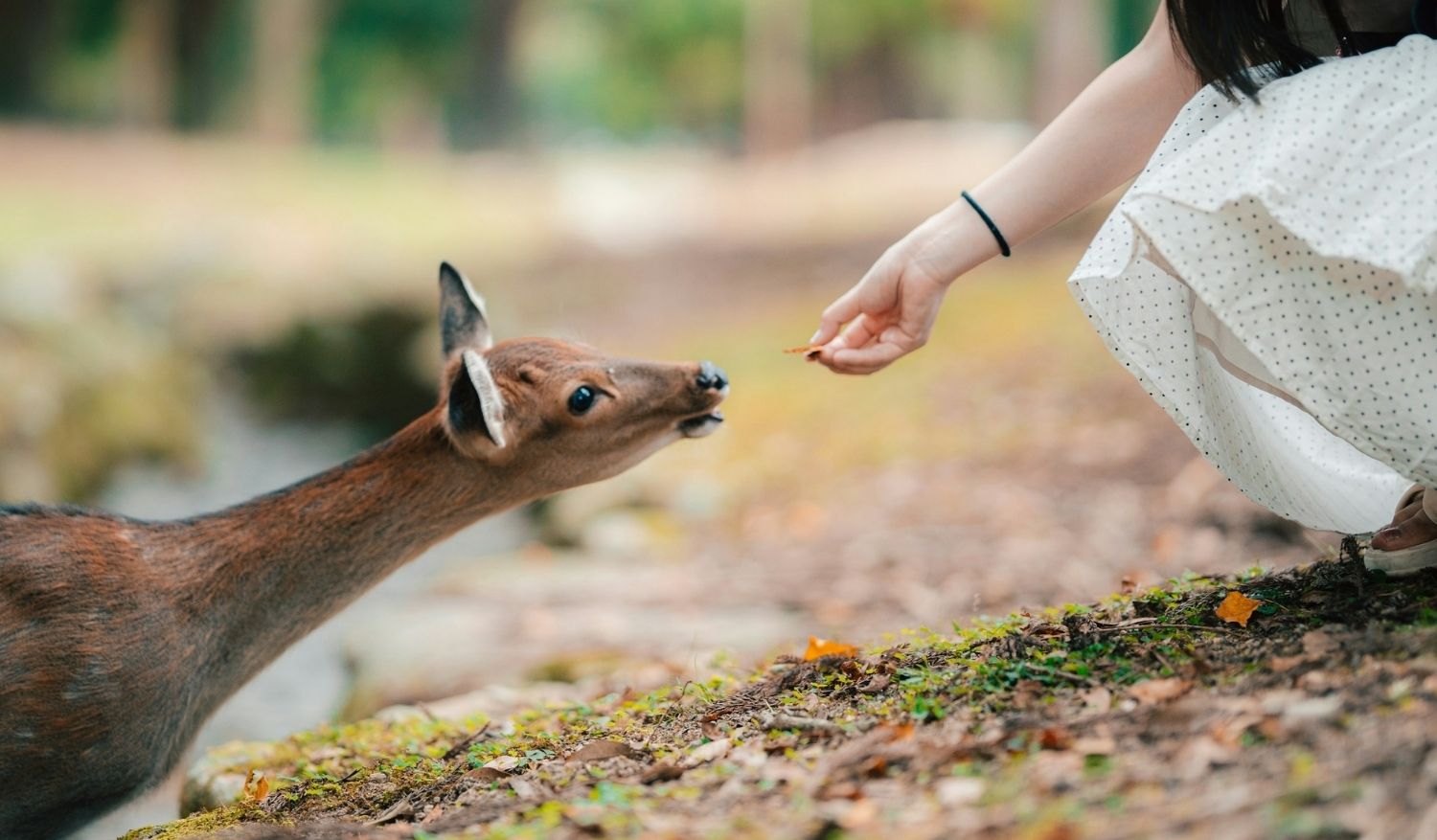Exploring natural landscapes that hold deep cultural and spiritual meaning for Indigenous communities is a powerful way to travel with respect and awareness. From sacred mountains to pristine waterways, these sites are not just scenic wonders – they are living heritage. Here are 10 Indigenous natural landscapes across the continents that you can visit thoughtfully, ensuring your journey supports preservation and respect.
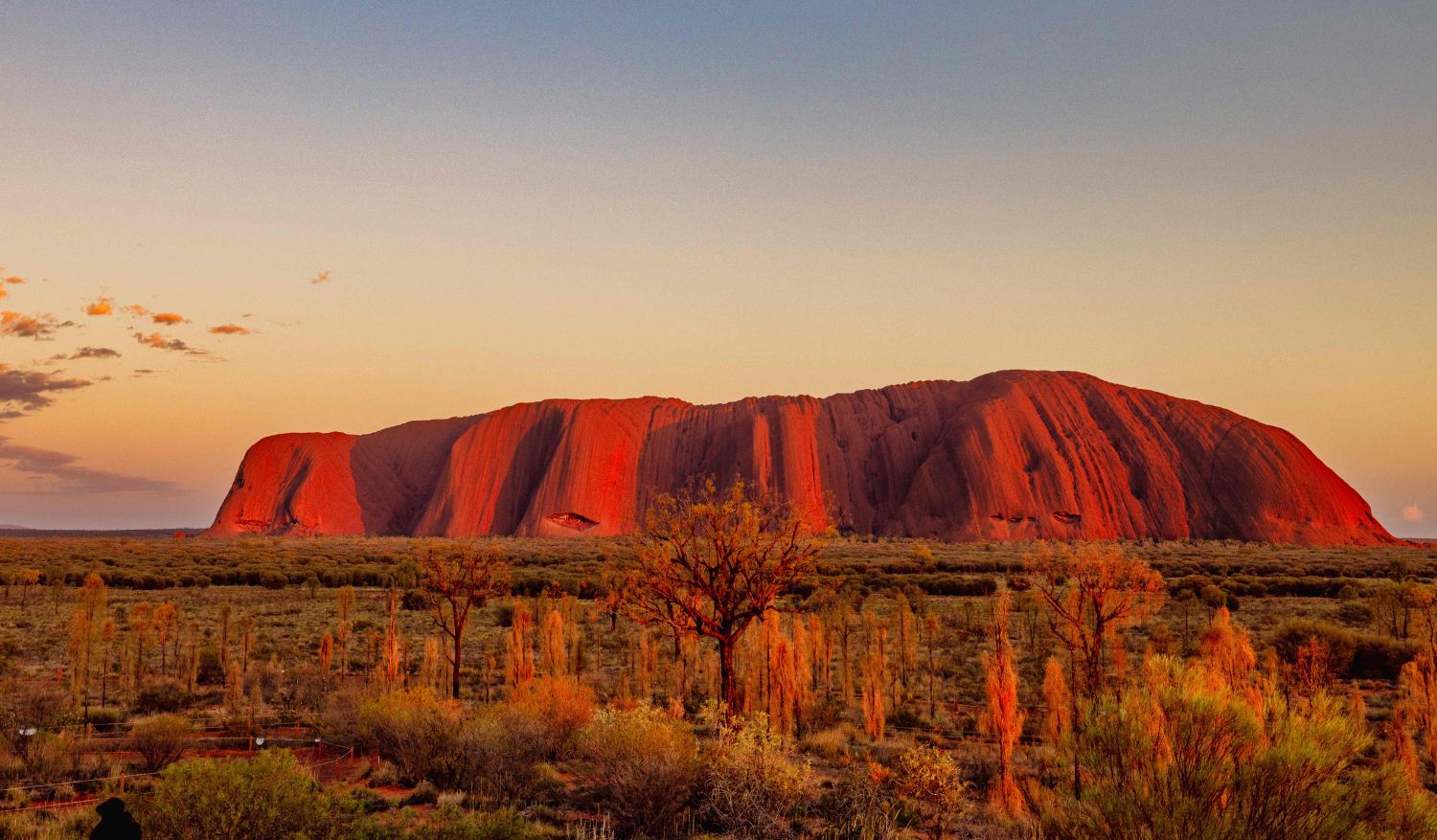
1. Uluru, Australia (Oceania)
Uluru, also known as Ayers Rock, is a sacred sandstone monolith rising 348 metres above the desert in the Northern Territory. It is central to the Anangu people’s culture, with ancient stories (Tjukurpa) tied to its caves, rock art, and formations. Climbing Uluru is prohibited out of respect, but guided walks and cultural tours offer meaningful ways to connect with the land.
Uluru-Kata Tjuta National Park, Northern Territory, Australia
Opening hours: 5am – 9pm daily
Website
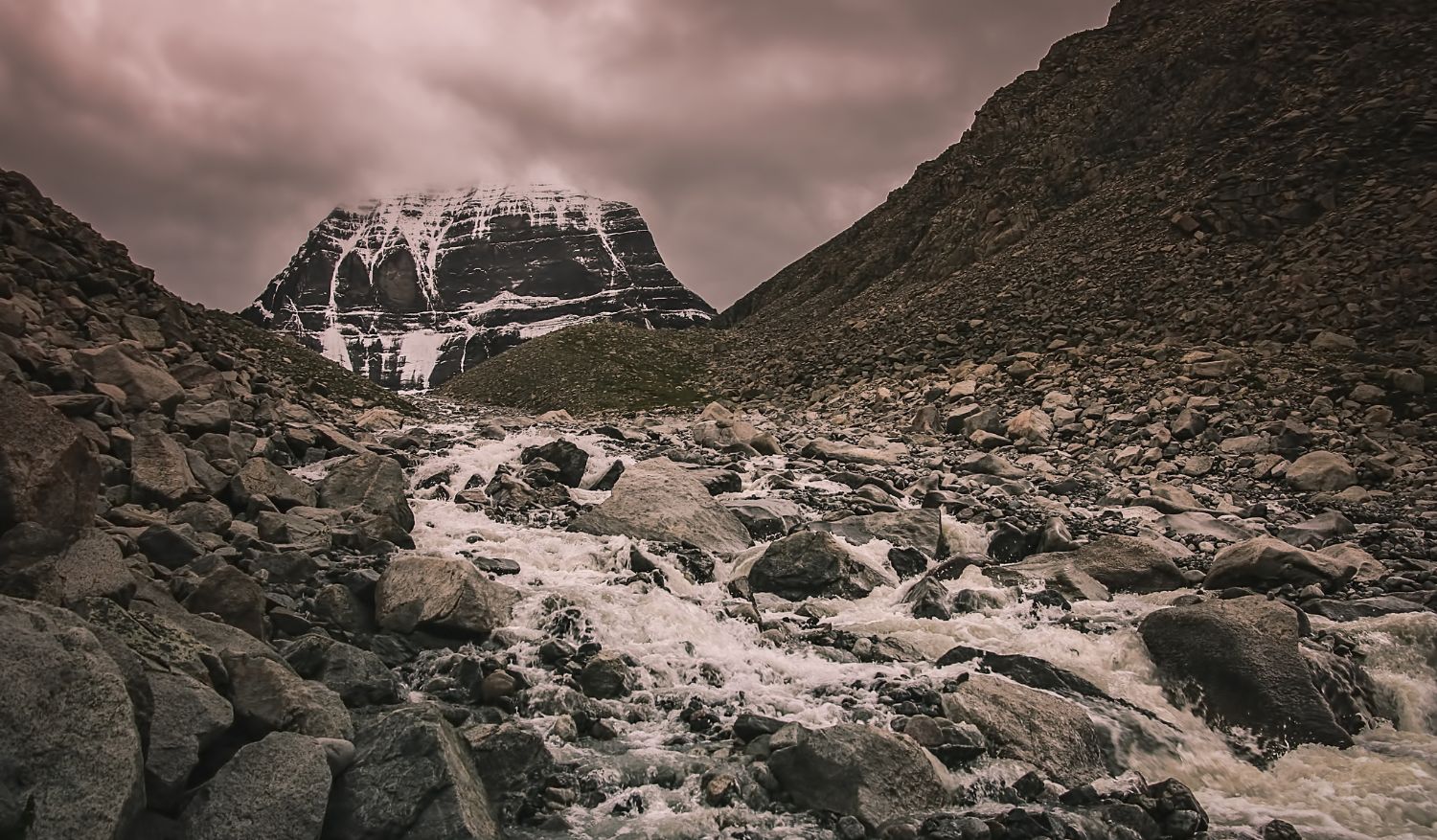
2. Mount Kailash, Tibet (Asia)
Revered in Hindu, Buddhist, Jain, and Bon traditions, Mount Kailash is also significant to local Tibetan communities. Pilgrims circle the mountain on the 52-kilometre kora route as an act of spiritual devotion. Climbing the peak is prohibited, so the best way to experience it is through trekking around its base while observing local customs and rituals.
Ngari Prefecture, Tibet Autonomous Region, China
Opening hours: Open year-round, best visited May–September
Website
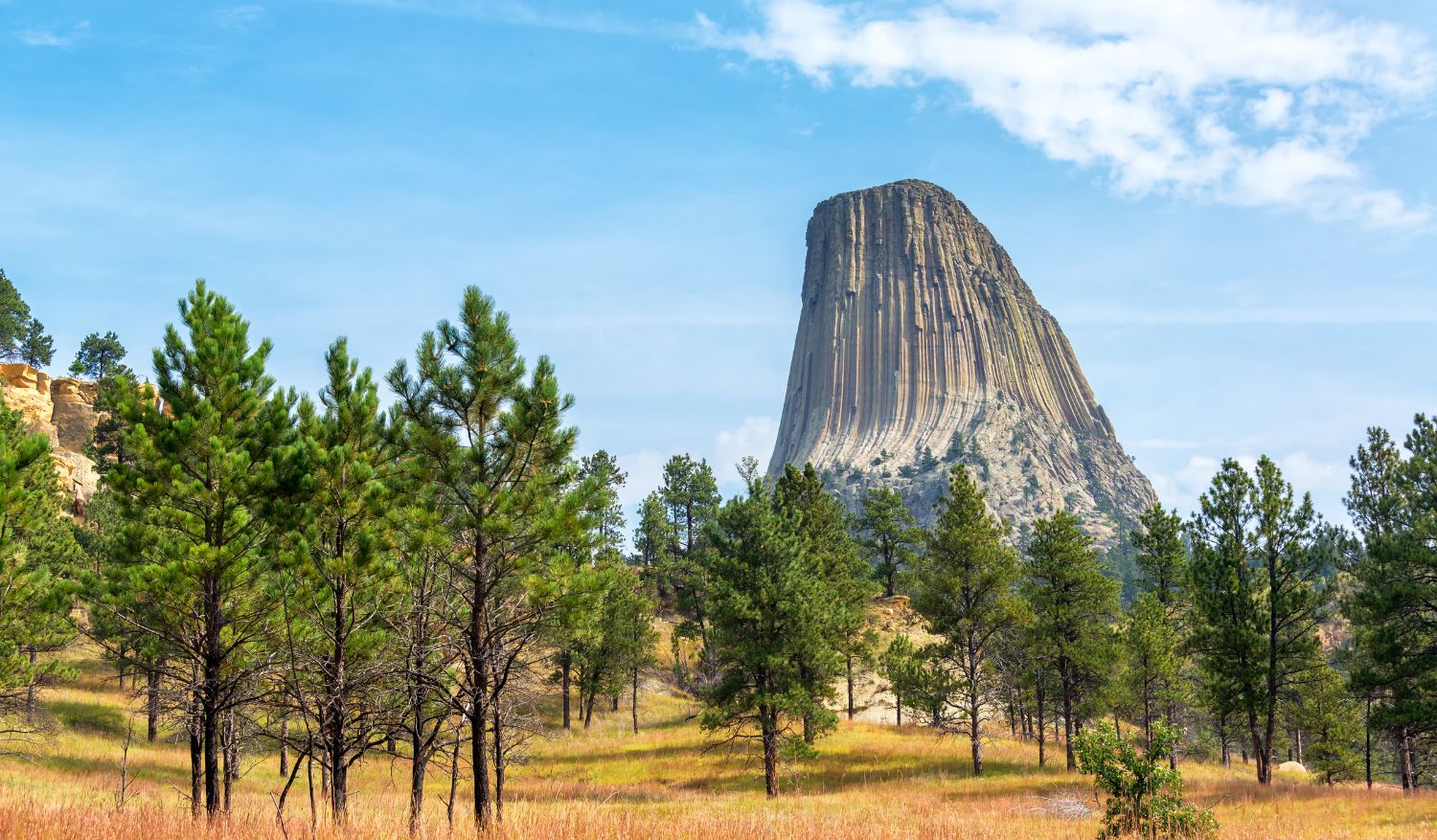
3. Devil’s Tower, USA (North America)
Known as Bear Lodge to Native American tribes including the Lakota and Kiowa, Devil’s Tower is a dramatic volcanic formation in Wyoming. It remains an important ceremonial site, and visitors are asked not to climb during June, a month reserved for sacred ceremonies.
Devils Tower National Monument, Wyoming, USA
Opening hours: 9am – 5pm daily
Website
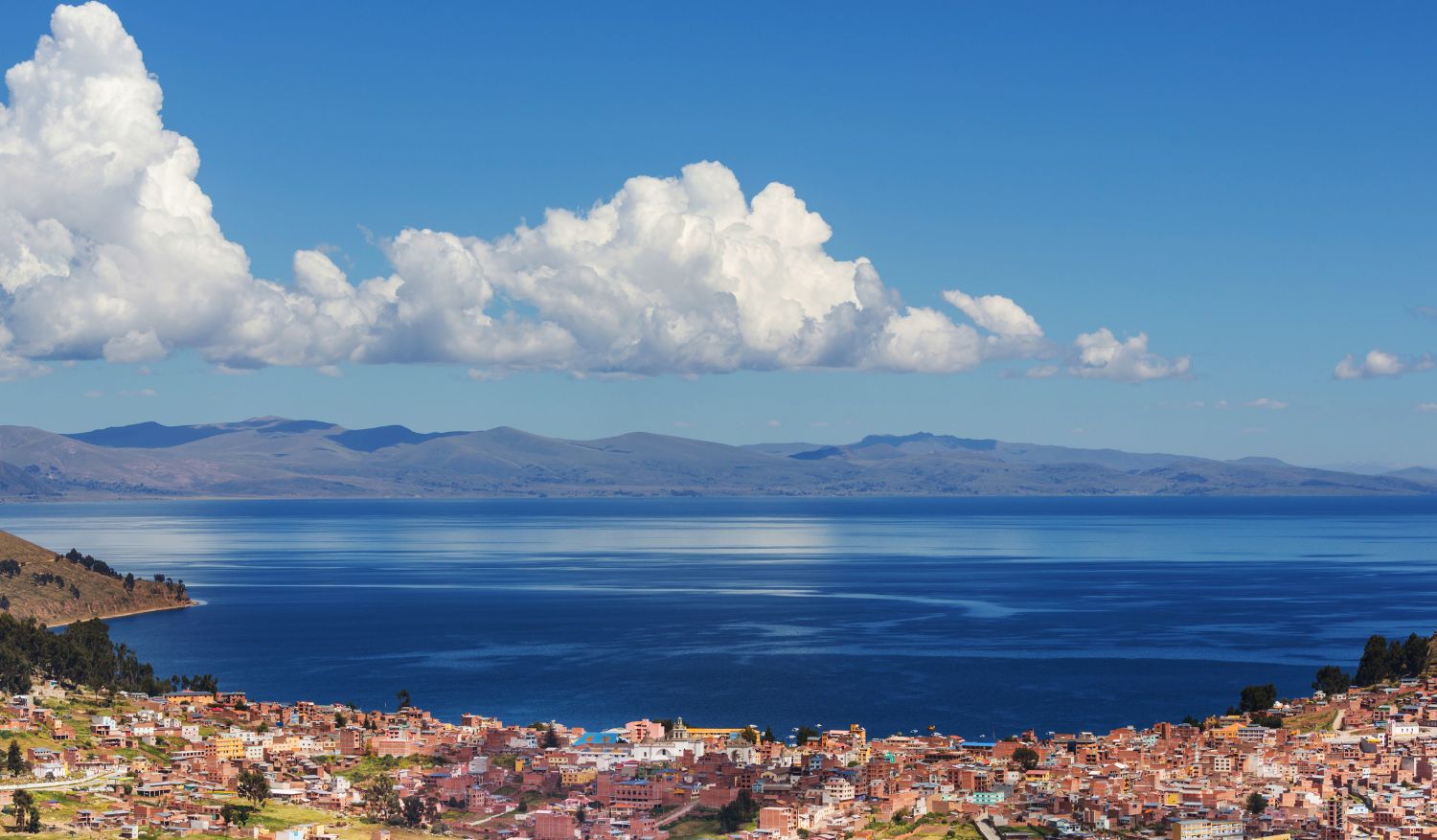
4. Lake Titicaca, Bolivia/Peru (South America)
Straddling Bolivia and Peru, Lake Titicaca is the highest navigable lake in the world and a sacred place for the Aymara and Quechua peoples. Its islands, such as Isla del Sol, feature ancient Inca ruins and traditional communities. Stay with local families or take guided tours to ensure your visit benefits Indigenous residents.
Lake Titicaca, Andes Mountains, Bolivia/Peru
Opening hours: Open year-round
Website
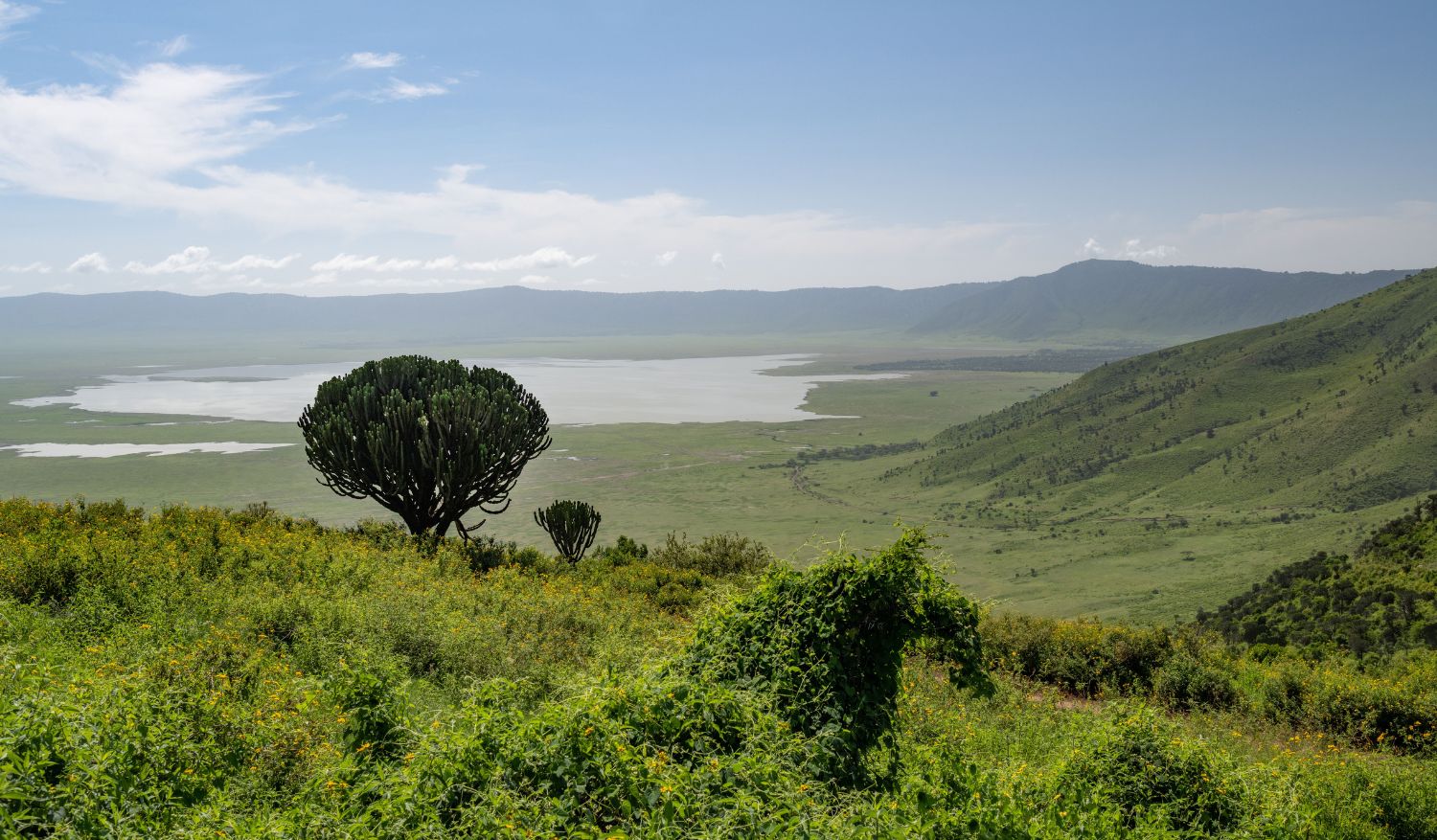
5. Ngorongoro Crater, Tanzania (Africa)
The Ngorongoro Crater is a UNESCO World Heritage Site and a land traditionally inhabited by the Maasai people. Visitors can experience breathtaking wildlife and learn about Maasai culture through community-led initiatives that balance conservation and Indigenous heritage.
Ngorongoro Conservation Area, Arusha Region, Tanzania
Opening hours: 6am – 6pm daily
Website
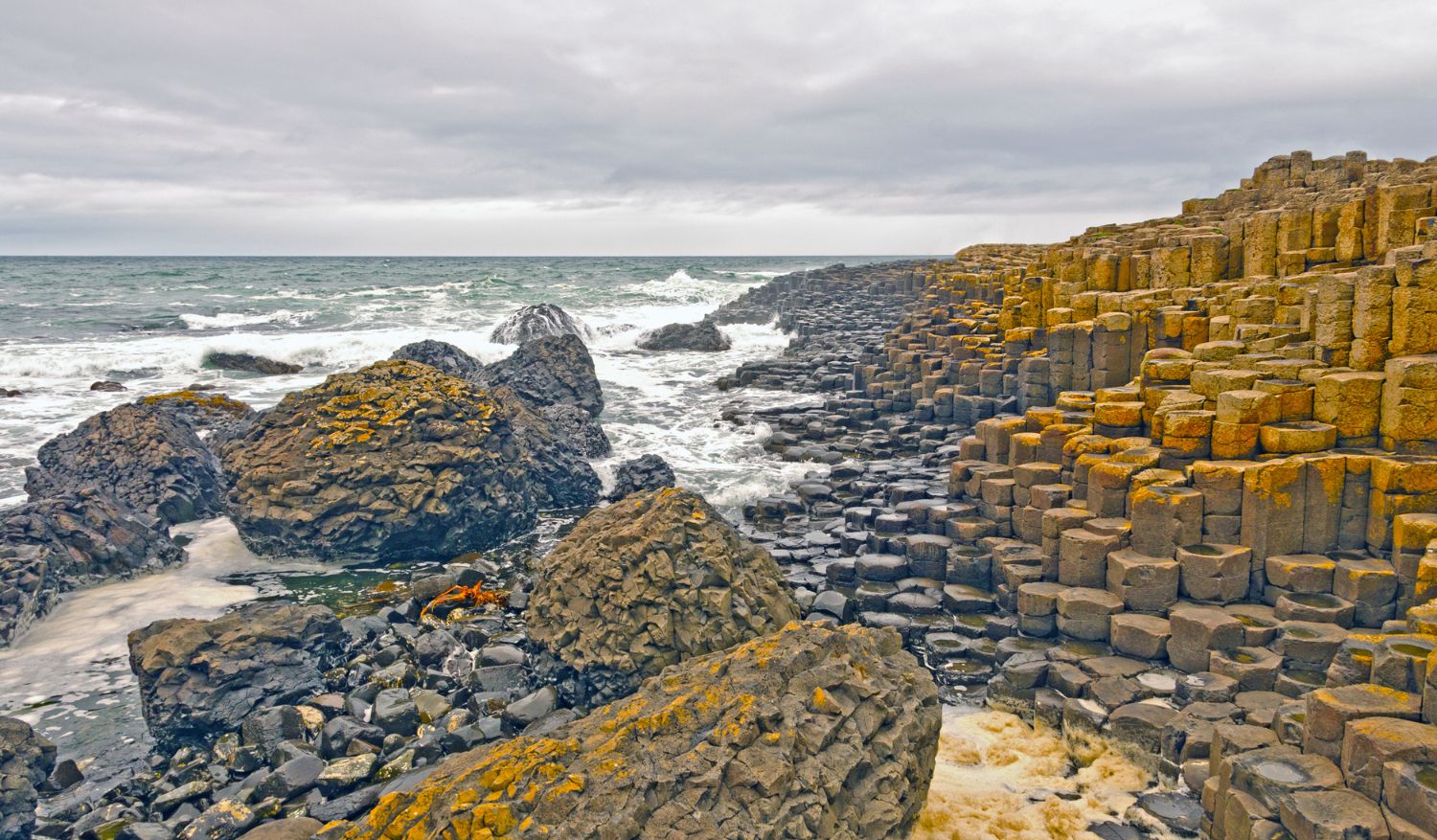
6. Giant’s Causeway, Northern Ireland (Europe)
Formed by volcanic activity 60 million years ago, the Giant’s Causeway also features in ancient Gaelic legends of the giant Finn McCool. While it’s a geological marvel, the site is tied to Celtic folklore and identity, adding cultural depth to your visit.
44 Causeway Road, Bushmills BT57 8SU, Northern Ireland
Opening hours: 9am – 5pm daily
Website

7. Wai-O-Tapu Thermal Wonderland, New Zealand (Oceania)
Located in Rotorua, Wai-O-Tapu is a geothermal park significant to Māori communities, with features like bubbling mud pools and the colourful Champagne Pool. Visitors should follow designated paths and respect the cultural protocols that protect this sacred environment.
201 Waiotapu Loop Road, Rotorua, New Zealand
Opening hours: 8:30am – 4:30 pm daily
Website

8. Bungle Bungles (Purnululu National Park), Australia (Oceania)
The beehive-shaped sandstone domes of the Bungle Bungles in Western Australia are sacred to the Karjaganujaru and Gija peoples. The site was largely unknown to outsiders until the 1980s, but now guided tours ensure visitors learn about its cultural and natural significance.
Purnululu National Park, Western Australia
Opening hours: 6am – 6pm daily (April – November)
Website

9. Serra da Capivara National Park, Brazil (South America)
This UNESCO-listed park in Piauí holds more than 1,200 prehistoric rock art sites, some dating back 25,000 years. The local Indigenous communities continue to protect these invaluable cultural records, and visiting the park supports ongoing preservation efforts.S
erra da Capivara National Park, Piauí, Brazil
Opening hours: 6am – 6pm daily
Website
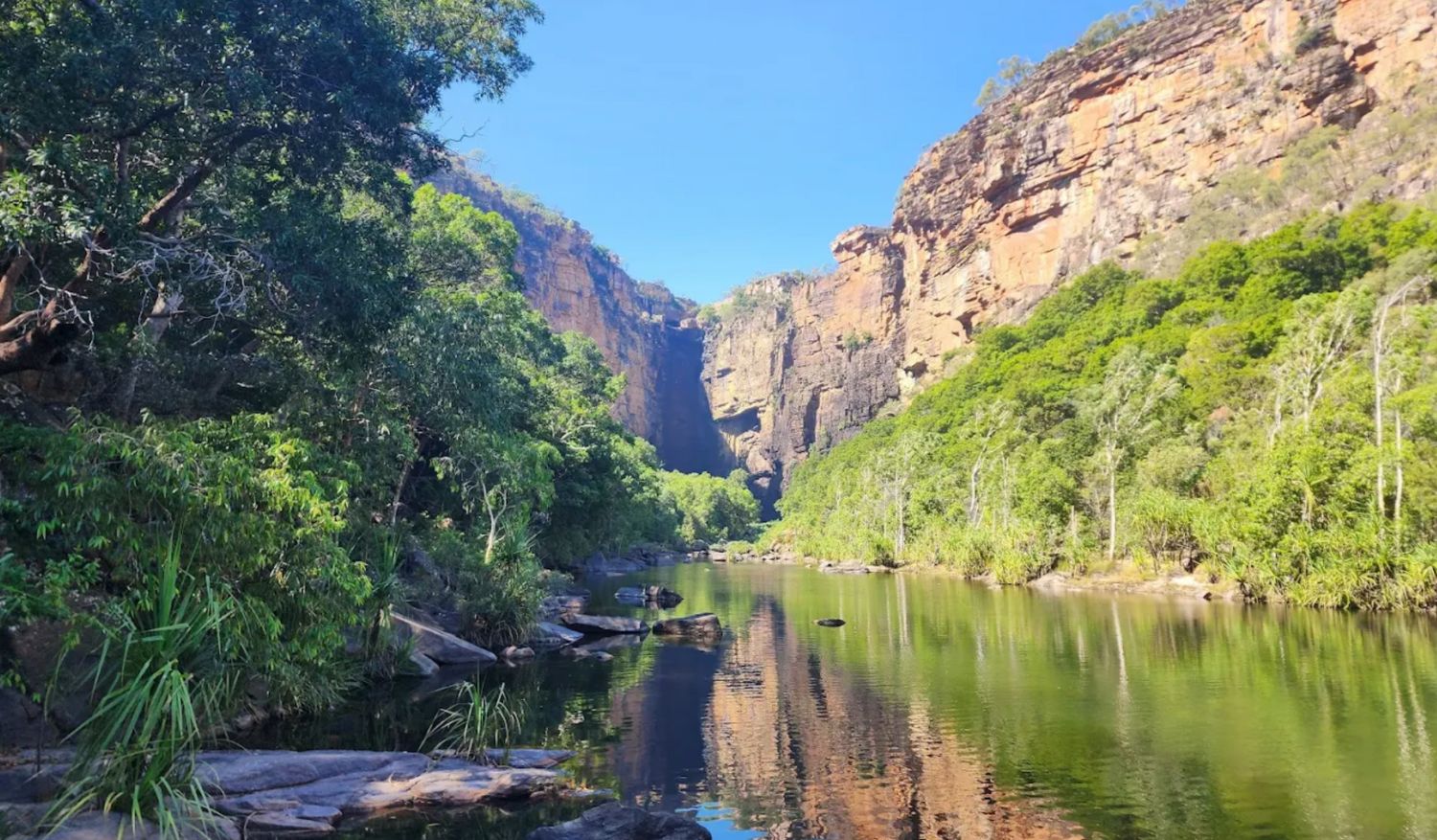
10. Kakadu National Park, Australia (Oceania)
Kakadu is Australia’s largest national park and home to over 65,000 years of continuous Indigenous culture by the Bininj and Mungguy peoples. It features ancient rock art galleries, wetlands, and incredible biodiversity. Joining Indigenous-led tours is the best way to experience Kakadu’s heritage respectfully.
Kakadu National Park, Northern Territory, Australia
Opening hours: Open year-round, seasonal weather may affect access
Website
For more nature-inspired destinations, head here.


